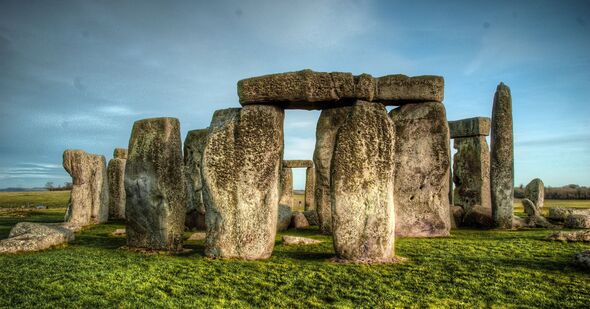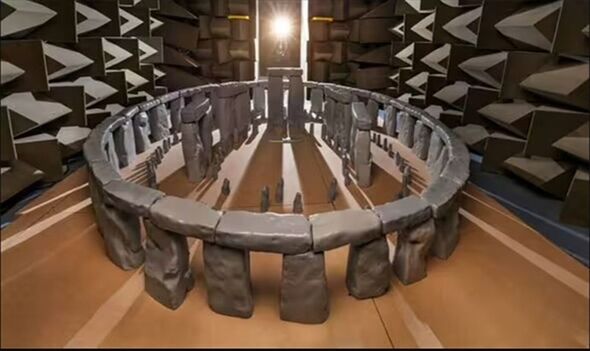Archaeology breakthrough as scientists make incredible Stonehenge discovery
Many attempts have been made to understand Stonehenge, with extensive fieldwork uncovering various relics and artefacts.

Built by ancient Britons thousands of years ago, Stonehenge's true purpose has puzzled researchers for centuries.
Was it a burial ground? An astronomical observatory? A place of worship or sacrifice?
The arrangement of the stones - in a circular formation - and their alignment with events like the sunrise and sunset during the summer and winter solstices have long baffled scientists.
Many attempts have been made to understand Stonehenge, with extensive fieldwork uncovering various relics and artefacts.
In a recent effort, researchers recreated the famous megalith using a 3D printer to answer lingering questions. The findings were astonishing.

A team from the University of Salford created a model to explore how Stonehenge's unique structure would have affected sounds such as conversations, rituals, and music.
Due to the placement of the stones, speech and music would not have projected beyond the structure, nor would people outside have heard what was happening inside.
Acoustical engineer Trevor Cox and his team used laser scans of the site to print a 3D model, approximately one-twelfth the size of the original.
The replica - dubbed Stonehenge Lego by Cox - was assembled based on the assumption that the original structure consisted of 30 sarsen stones.
DON'T MISS:
Lottery winner who split £22m jackpot was living alone in flat when he died [INSIGHT]
OceanGate co-founder and two others to make huge dive to 'Portal of Hell' wreck [REVEAL]
Terrifying prehistoric creature discovered given equally eerie name by scientist [SPOTLIGHT]

Today, Stonehenge has 63 complete stones, including 17 standing sarsen stones in the outer circle.
From an estimated total of 157 stones erected around 5,000 years ago, the researchers printed 27 stones of various shapes and sizes.
Using silicone moulds of these stones, they mixed plaster and other materials to recreate the 130 remaining stones, minimizing sound absorption similar to the original stones.
In 2020, the team placed speakers and microphones around the model and transmitted sounds ranging from low to high frequencies
Despite the gaps in Stonehenge, sounds sent into the scale model remained inside for a short while.
Reverberation time, the measure of time it takes sound to decay by 60 decibels, averaged about 0.6 seconds inside the model for mid-frequency sounds.
This effect would have enhanced the ability to hear voices and significantly amplified the sound of instruments like drums.
Sounds didn't echo inside the replica; instead, the inner groups of stones obscured and scattered the sounds reflected off the outer sarsen circle.
This study suggests that Stonehenge could have functioned as an acoustic chamber, enhancing sounds and music for dramatic settings - perhaps for burials or rituals.
